This article was medically reviewed by Shari Forschen, NP, MA. Shari Forschen is a Registered Nurse at Sanford Health in North Dakota. Shari has worked in healthcare since 1996 and her expertise lies in acute care bedside nursing on a medical oncology floor. She received her degree from Medcenter one College of Nursing in 2003 and her Family Nurse Practitioner Masters from the University of North Dakota in 2014. Shari is a member of the American Nurses Association.
There are 11 references cited in this article, which can be found at the bottom of the page.
wikiHow marks an article as reader-approved once it receives enough positive feedback. In this case, several readers have written to tell us that this article was helpful to them, earning it our reader-approved status.
This article has been viewed 147,190 times.
A pulse pressure is the difference between your systolic and diastolic pressures, most commonly seen as the two numbers that define your blood pressure (i.e. 120/80, respectively). The top number (the higher of the two values) is your systolic pressure and represents the pressure in your arteries when your heart delivers blood during a contraction (a heartbeat). The bottom number (the lower of the two values) is your diastolic pressure, and represents the pressure in your arteries between contractions (between heartbeats).[1] This measurement can help to indicate whether you are at risk for cardiovascular problems and coronary events, such as artery disease, hypertension, stroke, or heart attack.[2] The pulse pressure is determined from the two values (systolic and diastolic values) measured when your blood pressure is taken. That is to say, the difference between the top number and the bottom number of your blood pressure.[3]
Steps
Taking Your Blood Pressure
-
1Take your blood pressure. Taking a traditional blood pressure measurement with a blood pressure cuff, stethoscope, and analog sphygmomanometer can take some practice and requires instruction and experience. Some people visit automated machines at their local pharmacy in order to get their blood pressure taken.[4]
- It can be quite difficult to take your own blood pressure if you are using the traditional method. If possible, get someone to help and take your blood pressure for you.
- When purchasing an at-home blood pressure monitor, make sure that the cuff (the part that goes around your arm) fits you appropriately, that you can read the monitor easily, and that it is affordable. Many insurance plans will help pay for blood pressure monitoring machines.[5] Most of these machines are automated. You simply put on the cuff, hit start and wait for your results.
- Avoid sugars, caffeine, and excessive stress before taking your blood pressure. These three triggers will elevate your blood pressure and give you a false reading.
- If you insist on taking your own blood pressure at home, do so three times in order to make sure that you are doing it right. Make sure that you are comfortably seated, relaxed, and have your arm at or near your heart level. If you notice that each reading is higher than the last, allow a little more time between readings.
- It is important to note that most machines need to be calibrated. In order to know if a device is accurate, it should be checked at the doctor's office once per year and compared to their blood pressure monitor for accuracy.
-
2Take note of the diastolic number and the systolic number. Say 110/68 is your blood pressure reading. It is a good idea to record these numbers somewhere so you can keep track of your blood pressure fluctuations.
- Since your blood pressure can fluctuate throughout the day, you'll want to take multiple readings at different times throughout the day (over the course of two to three weeks for the most accuracy) and average these readings.
Advertisement -
3Subtract your diastolic number from your systolic number to get your pulse pressure. In this example, you’d subtract 68 from 110. Your pulse pressure would be 42.[6]
Interpreting Your Results
-
1Determine if your pulse pressure is at a safe range. While people of different ages and sexes will have slightly different pulse pressures, the medical world has settled on a base scale.
- 40 mmHg- A pulse pressure of 40 is considered normal, but 40 to 60 is a relatively healthy range.[7]
-
2Call a doctor if your pulse pressure is over 60 mmHg. A pulse pressure above 60 is considered to be a risk factor for cardiovascular events, such as stroke, and general cardiovascular issues like hypertension. A higher pulse pressure may mean your heart valves are not functioning properly to prevent backflow of blood and your heart may not be effectively pumping blood forward (valve regurgitation).[8] It's important not to try to self-diagnose, however. Call your doctor to discuss your results and what they might mean.
- A one-time reading over 60 mmHg may be to worry about. If this is a trend you notice over a few weeks, however, it's important to contact your doctor and set up an appointment.
- Oftentimes emotional and physical stress, as well as pain, can cause significant increases in pulse pressure as well. Stress can cause significant increases in pulse pressure. [9]
-
3Contact your physician if your pulse pressure is lower than 40 mmHg. A pulse pressure below 40 may indicate poor functioning of your heart. Several conditions can cause this problem, including aortic regurgitation, heart failure, renal failure, diabetes mellitus and low levels of plasma sodium.[10] You must speak with your physician to diagnose the cause, so call and set up an appointment to discuss your results.
- Again, you want to make sure this is a trend and not an isolated, one-time reading under 40 mmHg.
- Do not try to interpret or diagnose the results on your own. If you have a trend of blood pressure readings under 40 mmHg, then your physician must be consulted for further interpretation.
Pulse Pressure Calculator
References
- ↑ https://www.ncbi.nlm.nih.gov/books/NBK279251/
- ↑ https://www.ahajournals.org/doi/epub/10.1161/01.HYP.36.5.907
- ↑ https://my.clevelandclinic.org/health/symptoms/21629-pulse-pressure
- ↑ https://www.heart.org/en/health-topics/high-blood-pressure/understanding-blood-pressure-readings/monitoring-your-blood-pressure-at-home
- ↑ https://millionhearts.hhs.gov/files/MH_SMBP.pdf
- ↑ https://www.sciencedirect.com/topics/medicine-and-dentistry/pulse-pressure
- ↑ https://www.heart.org/en/news/2021/04/27/higher-pulse-pressure-in-smokers-may-signal-cardiovascular-disease-risk
- ↑ https://www.heart.org/en/health-topics/high-blood-pressure/understanding-blood-pressure-readings
- ↑ http://www.ncbi.nlm.nih.gov/pmc/articles/PMC4015896/
About This Article
To calculate your pulse pressure, start by taking your blood pressure, either by using a blood pressure machine at a local pharmacy, or by using an at-home blood pressure monitor. Then, write down your systolic pressure and diastolic pressure, which are the 2 numbers that the blood pressure monitor will give you. To get your pulse pressure, subtract your diastolic pressure, the lower number, from your systolic pressure. For more tips from our Nurse Practitioner co-author, like how to interpret pulse pressure, keep reading!

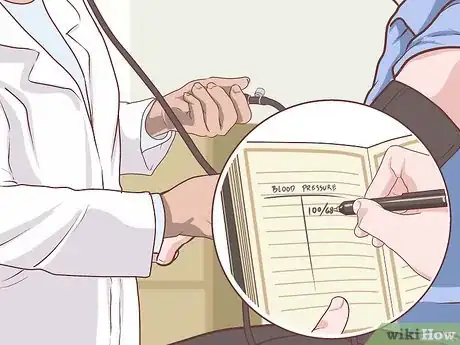
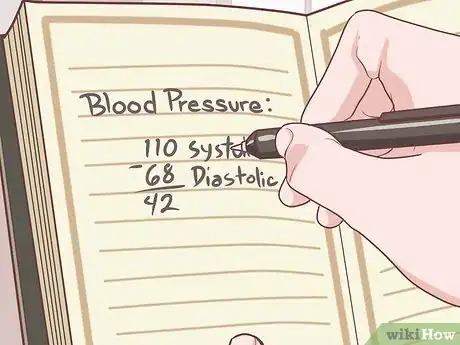
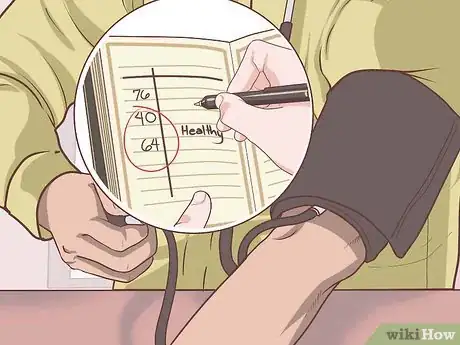
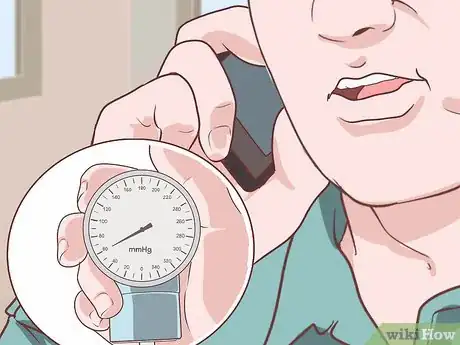

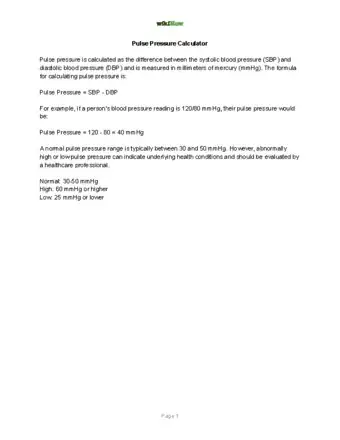

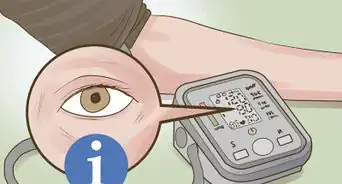


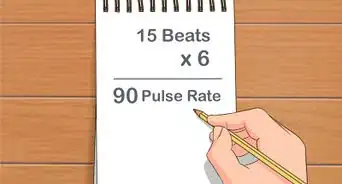


-Step-3-Version-3.webp)

















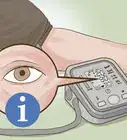





































Medical Disclaimer
The content of this article is not intended to be a substitute for professional medical advice, examination, diagnosis, or treatment. You should always contact your doctor or other qualified healthcare professional before starting, changing, or stopping any kind of health treatment.
Read More...